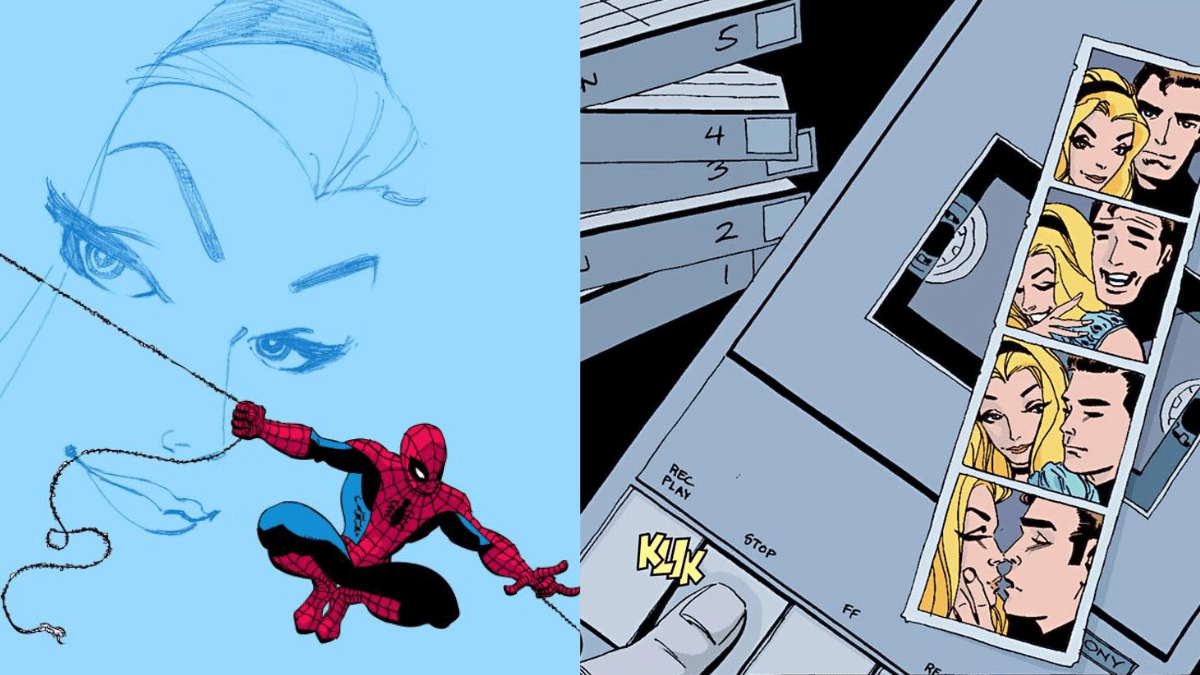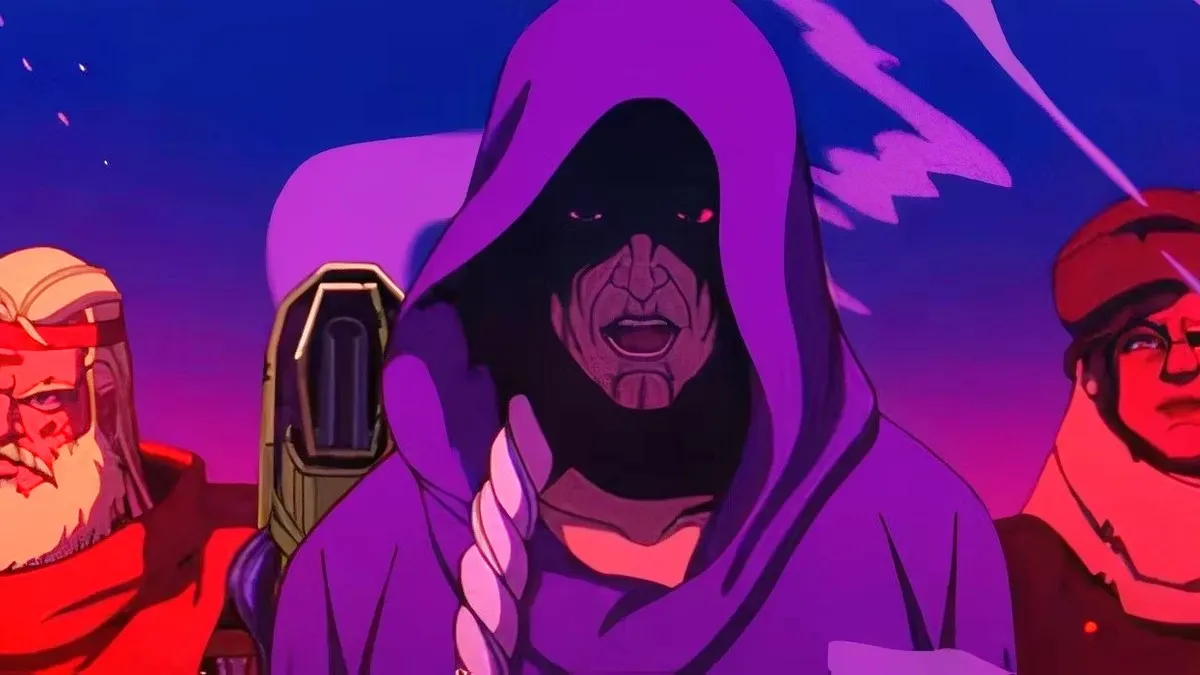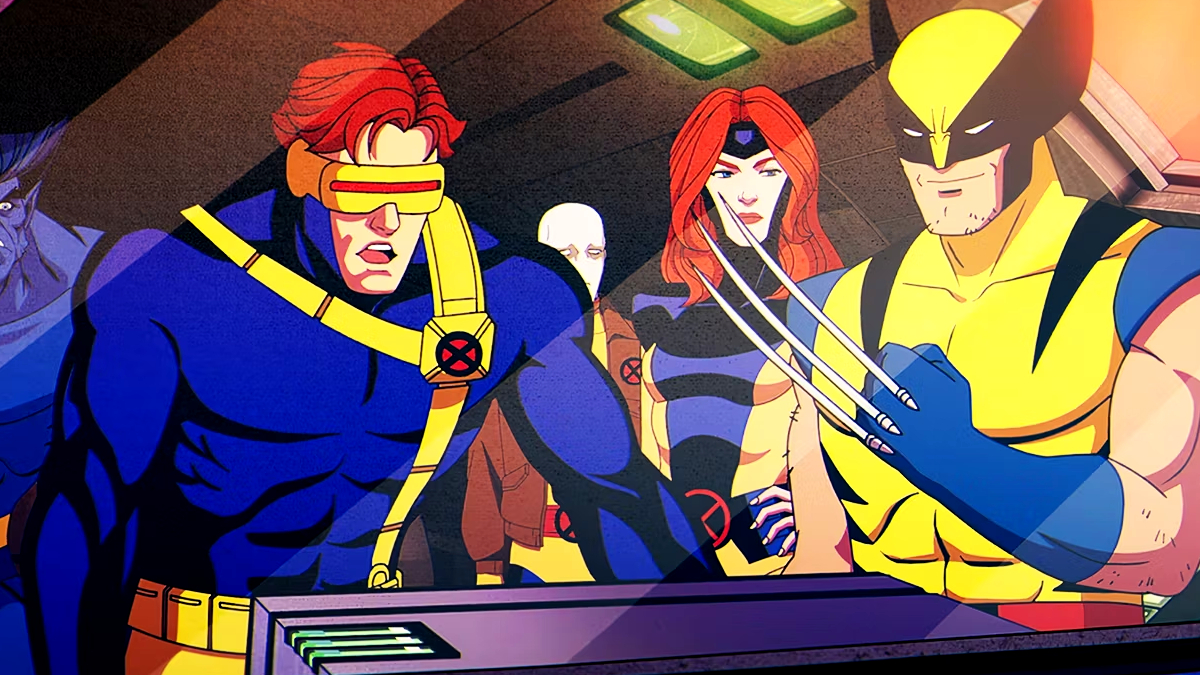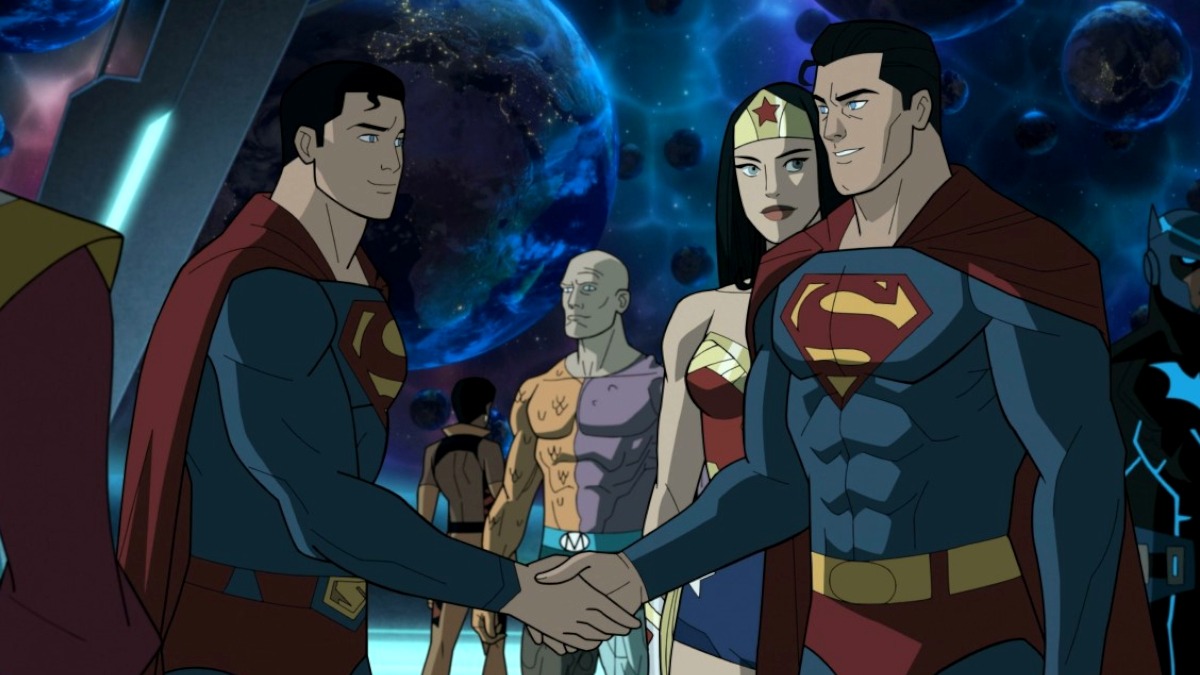The death of Gwen Stacy isn’t just a piece of pivotal Spider-Man lore; it’s an event that completely changed comic book history.
It’s generally understood among comic book historians that Gwen Stacy dying at the hands of Green Goblin in 1973 was one of the, if not the, defining events that helped usher in the Bronze Age of comics, bringing a close to the more romantic and glossy Silver Age.
Until 1973, supporting characters close to the main protagonist were relatively safe in the world of comic books. When you picked up a superhero mag around that time, you knew Jimmy Olsen was in no real danger of getting fatally zapped while Superman duked it out with Brainiac. Iris West would never get seriously hurt while Flash battled Gorilla Grodd. And Gwen Stacy was never going to get caught in the crossfire between Spider-Man and Green Goblin.
Except, as comic book historian Arnold T. Blumberg puts it: “Superheroes had some growing up to do.”
And grow up Spider-Man did. Like the death of Uncle Ben, Gwen Stacy’s tragic fate became a cornerstone of Peter Parker’s mythos and story. After the release of Amazing Spider-Man #121, one could not analyze Spider-Man’s character without remembering Gwen Stacy. And no comic book storyline demonstrates this as beautifully and masterfully as Jeph Loeb’s 2002-2003 six-issue limited series, Spider-Man: Blue.
Spider-Man: Blue reminds us why Peter Parker is the most relatable hero of them all

Illustrated by Batman veteran Tim Sale and taking place during Valentine’s Day, Spider-Man: Blue portrays a present-day Peter Parker reflecting on the death of Gwen Stacy. Talking into a tape recorder, Peter “speaks” to Gwen, recounting how they met, plainly stating in the first issue: “Your name was Gwen Stacy. Mine is Peter Parker. This is the story of how we fell in love.”
Through this tragic narrative tool, Blue brings readers back to some previous tales, reimagining earlier Amazing Spider-Man issues and showcasing the hero battling his nastiest foes; we see Spider-Man lay the smackdown on the Lizard, Rhino, Vulture, Kraven the Hunter, and, of course, the Green Goblin. (Though, interestingly, that tragic day on George Washington Bridge is never actually portrayed. In fact, the villain actually has minimal page time, despite being responsible for Gwen Stacy’s death.)
These fights, while brought to life brilliantly by the great Tim Sale, don’t actually take center stage in Spider-Man: Blue. Peter doesn’t look back on these clashes with awe or glory. In fact, these encounters almost purposely distract the reader — and Peter himself — from the story’s real heart: Peter trying to be a normal teenager.
Throughout Blue, our favorite wallcrawler is desperately trying to find the time to spend with his friends, not just Gwen Stacy. Peter seems committed to maintaining his friendship with Harry Osborn despite his father, Norman Osborn, aka the Green Goblin, being his literal archnemesis. Peter also clumsily tries to balance Mary Jane Watson entering his life while his feelings for Gwen continue to burgeon. Heck, in Blue, it seems Peter would much rather be spending time with his old childhood Bully, Flash Thompson, than taking up his crimson-blue mantle.
Spider-Man: Blue reminds us that at the end of the day, New York City’s great protector is just a young, intelligent goofball who wants to enjoy the everyday. He wants to go out on dates and impress that special girl. He wants to hang out with his friends. He wants to blow his savings on something extravagant. He wants to be Peter Parker. However, Spider-Man is the responsibility that keeps calling, and Jeph Loeb and Tim Sale do a spectacular job of showing just how much of a toll being a hero takes on Peter’s daily life.
The writer-artist duo also does a tremendous job of portraying a young man coping with trauma and grief. As exciting as it is to see Spidey punch the Lizard and Vulture in the face, the true plot of Spider-Man: Blue revolves around deeper and more emotional conflicts, such as the passing of time, and dealing with loss.
Spider-Man: Blue explores heartfelt and poignant themes
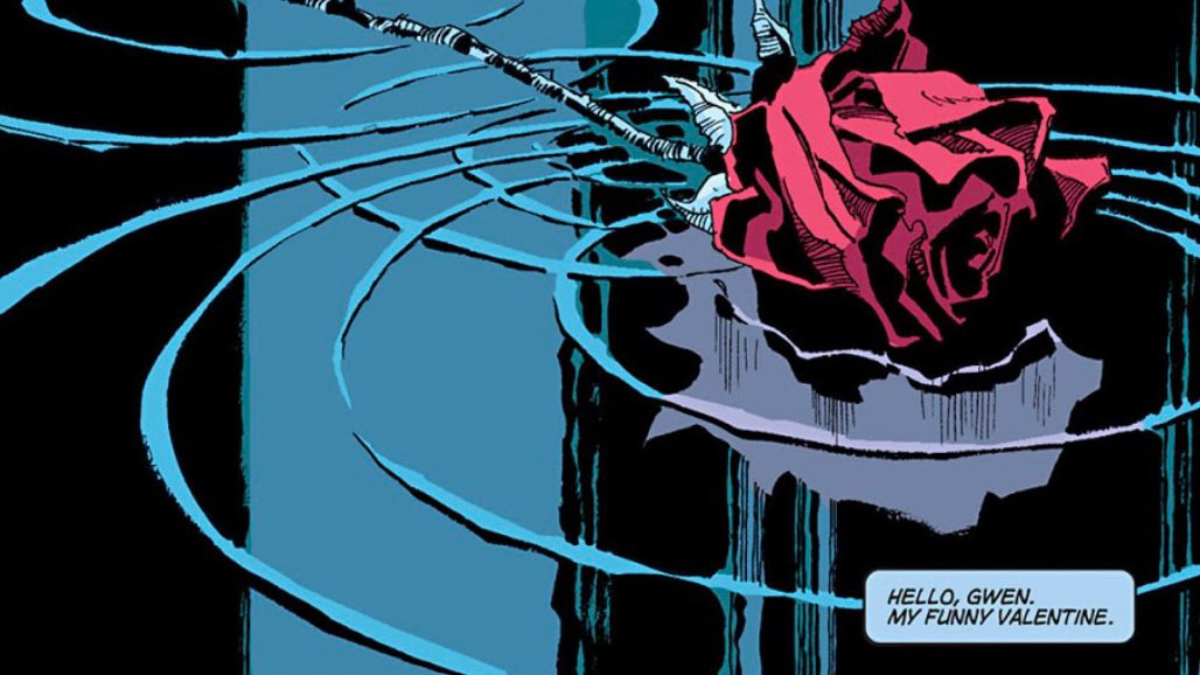
In Spider-Man: Blue, the flashbacks of our hero fighting his rogues’ gallery offer readers some nice punchy fanservice. Seeing Peter Parker try to navigate the obstacles and woes of teenage youth is also a delight. However, the true emotional nucleus that propels the story forward and makes it so unique is the median through which it’s told.
The blue thought bubbles present throughout the series continuously remind the reader that this story is essentially a string of events being remembered and recorded aloud by Peter. And each issue ends with an emphatic piece of onomatopoeia: “klik!”
For most of the series, we don’t actually see the present-day Peter. We only read his thoughts as he retells the story of how he met and fell in love with Gwen Stacy. This creates a powerful, ominous feeling that radiates off the pages, especially when we get to the happier panels, such as when Gwen and Peter first meet or when she asks him to be her Valentine, and they finally kiss. While these moments are beautiful, they are laced with harrowing sorrow because we, the reader, are aware of the end tragedy.
In the last issue of Spider-Man: Blue, at the very end, it’s revealed that Peter is alone in an attic while recording his messages. He is seen with a noticeable stubble; the attic is dark, and one panel clearly shows him crying. These panels pack an incredibly emotional punch. They hit much harder than images of Spider-Man getting thrown into a wall or smacked around by Kraven the Hunter. We are immediately met with the fact that this is not the fresh-faced youngster from the flashbacks that beamed with energy in every panel. This is a grown man remembering the good times, and the bad.
In the last few panels, Peter mentions how he and Mary Jane are married, and how she helped him learn to love again. Mary Jane suddenly appears briefly, telling her husband: “Say ‘Hello’ for me and tell Gwen I miss her too.”
In these moments, Jeph Loeb and Tim Sale perfectly encapsulate Spider-Man’s entire character. This is a masked adventurer who has taken down mob bosses and evil scientists and encountered all-powerful figures like the Beyonder. He has tussled with alien symbiotes and probably has the likes of Captain America and Iron Man on speed dial. However, at the end of the day, Peter Parker is still a man with regrets. He’s a person who sometimes can’t help but long for the unattainable past.
Spider-Man: Blue shows that Gwen Stacy was her own character, with her own life
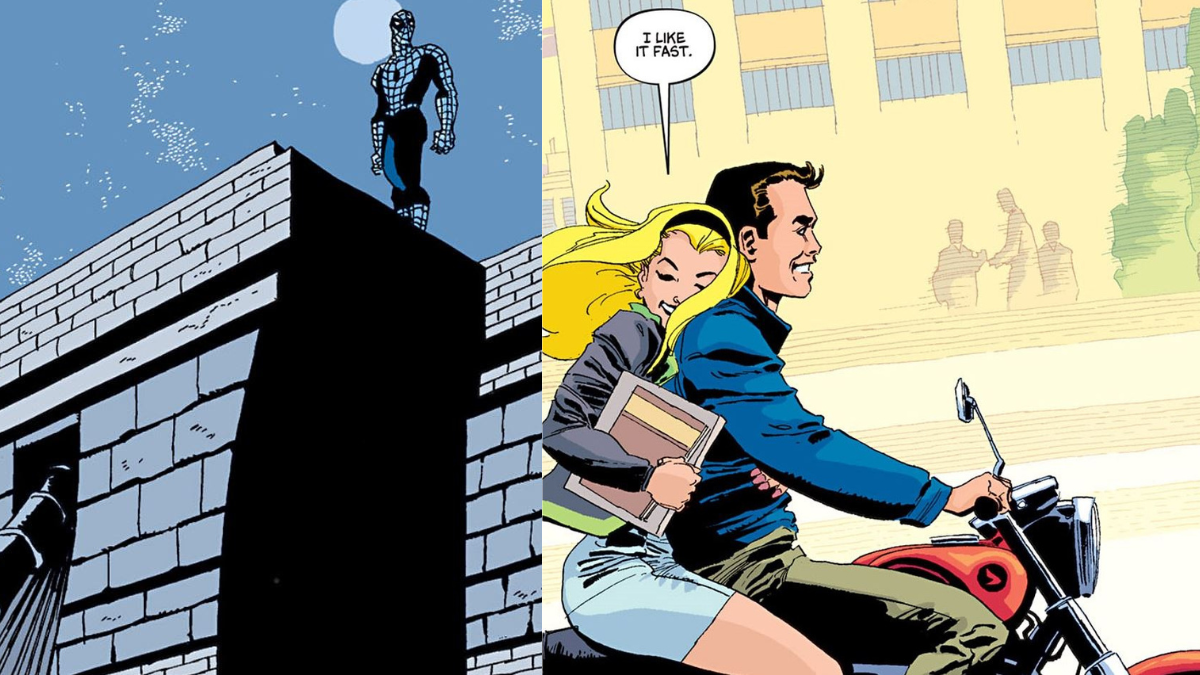
While Peter Parker’s grief and trauma are the driving force for Spider-Man: Blue‘s story, the series takes the time to bring Gwen Stacy some depth outside of her connection to the titular hero. Throughout the series, she is seen hanging out with Flash Thompson and Harry Osborn. As readers, we see how she’s their friend just as much as Peter is. Heck, more so when you consider Peter’s hardly around. (Because, you know, he’s always busy taking photos of Spider-Man.)
It’s obvious how adored she is and how much of a sharp wit she wields. She frequently verbally spars with Flash Thompson and always takes him down a peg when he’s acting obnoxious. He may be the star jock, but that means squat to Gwen freaking Stacy.
And with Mary Jane, Loeb and Sale don’t bore readers with a cliché rivalry that could be seen coming a mile away. Readers don’t spend six issues watching Gwen and Mary Jane arguing and bickering for Peter’s attention. Instead, they are genuinely friendly with one another. Sure, they express some jealousy. But they are also frequently seen having fun together. They laugh and dance together; they hang out with each other with or without Peter being there.
Spider-Man: Blue shows that Gwen Stacy was a person loved by all. She wasn’t just Peter Parker’s girlfriend. She was a person who brought a smile to all those around her. When she died, Peter lost someone he loved, and people like Flash Thompson, Harry Osborn, and Mary Jane lost a dear friend.
In the end, Spider-Man: Blue is just as much Gwen Stacy’s story as it is Peter Parker’s and some early lines from the beginning of the series perfectly encapsulate that. While Spider-Man is swinging by the site of her death on Valentine’s Day, he places a rose and thinks about why he comes there every year.
“It’s about remembering someone who was so important to me I was going to spend the rest of my life with her. I didn’t know that meant she would only get to spend the rest of her life with me.”

